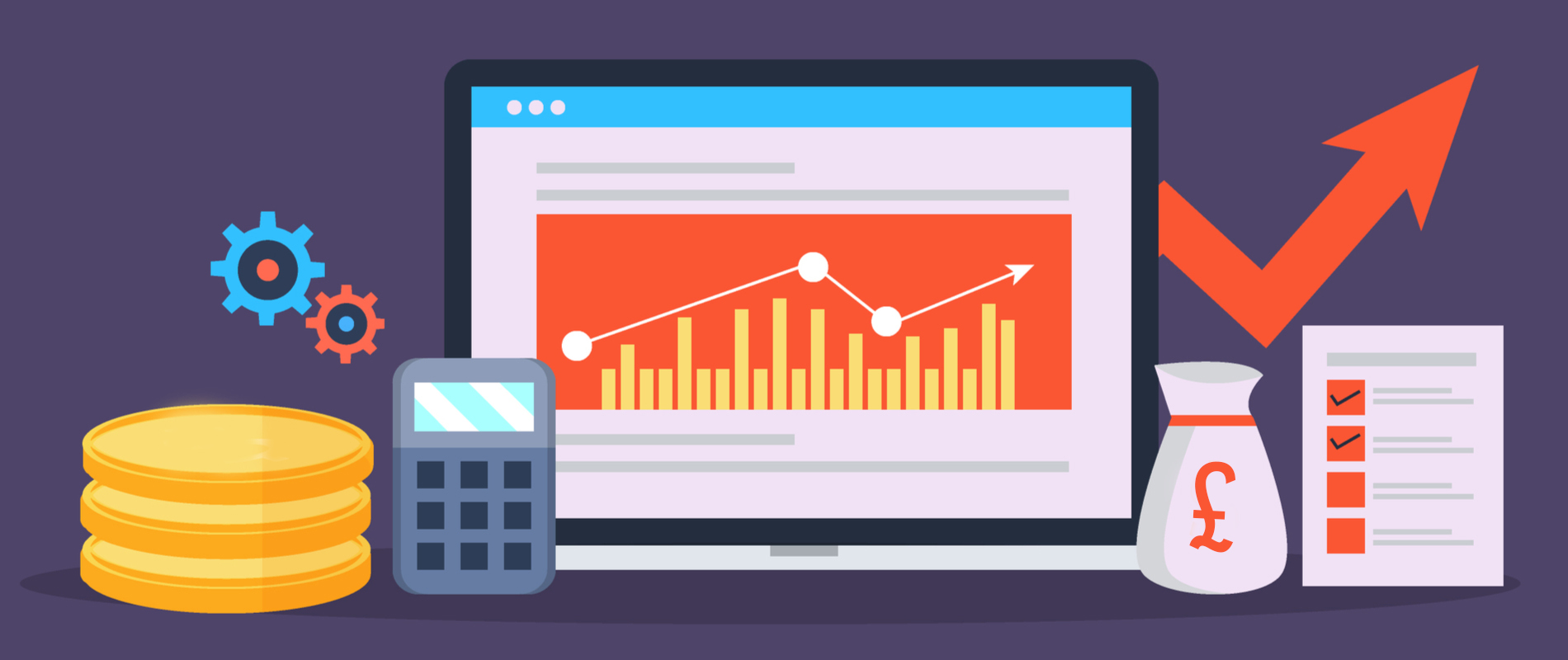
Get weekly
HubSpot updates
As a rule of thumb, companies spend anywhere between 7% and 20% of their overall budget on marketing. The average, according to the Gartner 2018/19 CMO spend survey, has been around 11% for the past two years. In the uncertain economic times we live in, many people instinctively wince when allocating budget to marketing, but research shows that businesses who cut their marketing spend during a downturn averaged a fall in profits of 0.8%, whereas those who maintain marketing spend had an increase of 0.6% profit. Those who increased their marketing spend saw an increase of 4.3% in profit.
Measure the ROI of your marketing efforts
Measuring the ROI of your marketing is crucial. The good news, from a customer point of view looking at marketing spend for 2020, is that thanks to better and better CRMs, and the general evolution of martech, the budget you allocate to marketing is more accountable than ever.
In HubSpot, the platform we work with at ESM Inbound, the granular mapping of customer behaviour on your site gives your sales team a remarkable amount of information about your prospects and leads that simply wouldn’t have been there in the past. This enables you to dedicate your sales-efforts where they are most likely to reap results. It also means that you can do an accurate cost-benefit analysis of every aspect of your marketing. Where a lead has been influenced by a key piece of content, you can map the impact of that right the way to deal-close. This has enabled businesses to see, in real terms, the value of marketing.
Breaking things down in this way is helpful, because it turns marketing from something vague into something very specific. And a spot of maths can be very helpful in working out the value of various aspects of marketing, and how much you can afford to spend per lead.
Work out the lifetime value of a customer
Often, when I’m doing an initial call with a business who is thinking about marketing themselves professionally for the first time, I help them calculate what they should be spending by doing a little mental arithmetic. I ask them to give me the value of an average customer over the lifecycle of their business. Then I ask them for their profit margin per customer. Let’s assume a figure of around 30%. So We work out 30% of the value of that customer. Retain 15% as profit, and the rest can go on marketing. This divides up into sales, pay-per-click marketing, content, the cost of your HubSpot Sales seats, the cost of HubSpot Marketing subscription and so on.
To work out the money you can spend acquiring a lead, you can divide this total figure by the number of customers you wish to have in a year. Where this figure represents aggressive growth, you’re going to need to up your spend, up to 20% of the forecasted profit of your target business size.
Find your lead:customer ratio
By mapping customer behaviour, you may discover that for every four leads, only one turns into a customer. ‘One for the price of four’ sounds like terrible value - but it isn't! That means you can divide your budget for the customer by four to work out how much it should be costing you to acquire a lead. The significance of all this is that it shows you, if you run a campaign and it costs you £100 to get a lead, it may well represent good value for money. But to a CEO who hasn’t done a cost-benefit-analysis, it may look like daylight robbery.
In many cases, a big part of our onboarding process at ESM Inbound involves educating customers about marketing and understanding how to make sense and use of the data HubSpot delivers. Customer behaviour data is only as valuable as your ability to make sense of it!
When looking for a marketing agency, be ready to talk numbers
When you’re tendering your business for marketing, and approaching a range of agencies to find the right one to suit you, you should expect some of this number crunching and cost-benefit discussion to come into the initial conversation. Whether you choose ESM Inbound or another Diamond HubSpot Agency, such as our friends over at Six and Flow or Noisy Little Monkey, you should prepare by pulling together all the sales and marketing data you can. Find out your click rate and conversion rate, and tell us what percentage of your budget you have been spending on different aspects of marketing. All of this helps an agency work out where they can add most value to you.
Find an agency that can offer a bespoke service
The strategic crunching of your data gives us an insight into exactly what you need. Once we have this information, we can tailor our ongoing service to you. The analogy I like to use is: if your existing marketing approach is like a used car, we can look at it like an experienced mechanic and fine-tune anything that isn’t working. If it needs a radical rethink we can strip it back to the chassis, and put a new engine in, make sure all the parts are working, and give it a re-spray.
We can work out what you need from us and we can deliver it. Some other agencies might be more like used car salesman who have another car sitting ready on the forecourt, and their sole strategy is to sell you a new car, fully formed. This can mean you’re allocating some of your budget where you don’t really need to.
Buying an ‘off the peg’ package is, by its nature, not customised to your needs. So if it’s a website redesign you’re after, choosing a growth driven design approach means you can fine-tune the new site and add more elements as you need them. Similarly our new, more flexible approach to pricing, which is calculated on a hourly basis, means you don’t have to have to have set assets in a given month.

